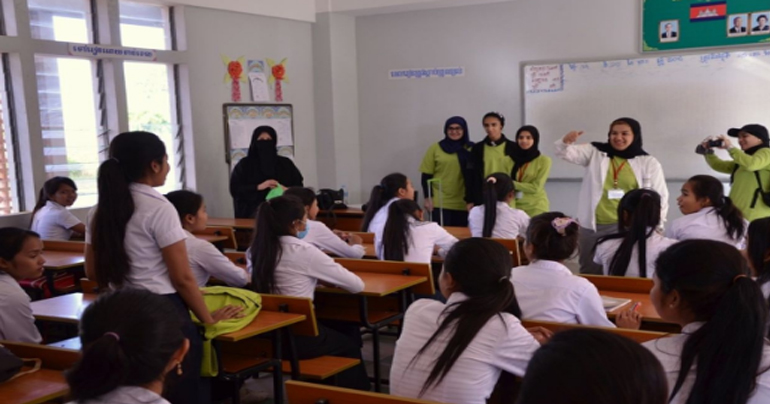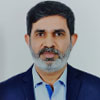
Education system in the Middle East
16 Aug 2015Education is an important and a fundamental human right and is also an essential tool for development of any country. In the Middle East education has had a fractured history owing to the regions constant conflicts and strife. Children aren’t sent to schools in most of Middle East fearing violence and also due to paucity of schools in the area. The region is also dominated by Islam as a religion and Arabic as a language which has also been a major factor in determining the kind of education that the people of this region receive. Each country’s educational past and current experiences are different, but several important similarities exist. These similarities provide a starting point for a country-to-country comparison, and for a better understanding of some of the problems that must be solved if the educational systems are to be structurally improved. Their traditional laws also laid down several restrictive rules on the kind of education to be imparted and also regulations on educating girls and women. In the more recent times seeing the need to increase literacy rates in order to gain a place in the developing world, countries in the Middle East have been investing heavily into education. The literacy rates as a result have shown improvement and there have been several foreign universities that have partnered with local universities and also set up regional institutions in the region.
Free, publicly provided education has been a central tenant of the social contract in every country in the Middle East and North Africa since independence. Post-independence governments significantly expanded their education systems, driven by rapidly expanding youth populations, the need to build nationhood and to establish political legitimacy and popular support for new regimes through making education a fundamental right of citizenship. International comparative studies are for industrialized countries. Thus it may be misleading to compare educational performance of countries with different levels of economic development. Comparisons of quality, of both inputs and outputs, are extremely difficult. This is because education systems differ substantially not only in the structure and content of their learning, but also in their objectives. The cultural component of education, its social objectives, is least susceptible to comparison, indeed to any form of quantitative measure.
Despite a significant improving of formal education in the Arab countries during the last decades, the connection between education and employment is still lacking. This scenario is slowly changing with more private participation offering courses that are more in-line with the educational opportunities. Privatization and market-oriented reforms, particularly in primary and secondary education will contribute to improve the performances of the educational system in North Africa and the Middle East. This improvement needs time and investment from the government and today with growing entrepreneurs providing new job opportunities, young people have a better opportunity for the future.
What people say

A business leader with a clear objective to Build a Legacy through his business acumen and passion to excel, being associated with Dr Tejinder opens up new avenues for learning.

Dr Tejinder Singh , the man who taught me to teach and lead. My first and only professional Guru who would run the mile first and push me to walk that . A wonderful human being and an exceptional professional.

Tejinder is one of the most amazing client/business partner that I have ever met.

I met Bhattia sahib once and found him very friendly,intelligent and very focused head of an efficient organisation.

In my association with Tejinder I have found him to be very frank in his views.He is very strong in his domain knowledge and also has sharp commercial acumen.

I was hired by Tejinder Sir, in the year 2003, which was also the turning point in my career.

My 1st Impression about Mr. Tejinder Singh Bhatia - An Exteremely Confident Professional, Who knows What he is Doing and Where he wants to Reach.

He was a dedicated and sincere person and always followed pragmatic approach while fulfilling his job responsilbilites.

I am priviledge to work under him, he is an excellent Leader where team always ready to work for him even at oddest hour of the day.